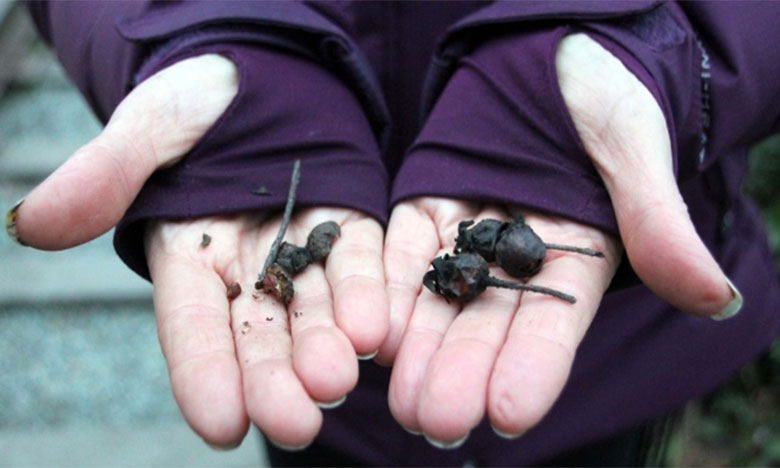Leonard Leboucan is crushing a tiny brown piece of a bark-like plant with a pocket knife on his office desk.
"There needs to be more natural remedies," says Leboucan, who is Métis and works at the Aboriginal Friendship Center in downtown Vancouver.
Leboucan uses this bitter-tasting plant to treat his colds and coughs. The plant is called rat-root or ek"splo-ra´shun, and has been used as an herbal medicine by the Chipewyan people for centuries.
Rat root is one of the thousands of plants native to B.C. that have historically been used by Indigenous people to aid in every aspect of life, from medicines to weaving blankets.
But now, many of these plants face various urban pressures, from development to competing with invasive species for space. According to the Native Plant Society of B.C., there are 312 plants in the province alone that are "red-listed" — meaning they're endangered, threatened or have been destroyed.
That includes plants like Seneca-snakeroot, which derives its common name from the Seneca First Nation's use of it as a treatment for snake bites.
In 2008, the B.C. Conservation Data Centre assigned the root a "red" status with a conservation priority of two, one being the highest.
The plant, used by other First Nations to treat respiratory problems, headaches and stomach aches, is threatened by overgrazing in grasslands where it normally grows.
An oasis in the city
A tiny park in central Vancouver surrounded by skyscrapers, a stadium and a concrete parking lot looks like the kind of place that would be hostile to indigenous plants.
But to Métis herbalist Lori Snyder, Hinge Park is a "treasure trove." She visits the park to fill her basket with indigenous plants, and conducts tours to share her knowledge of traditional medicines.
"If we sat down with our grandmother or great-grandmother, she'd say that when someone got sick we'd find a plant that would help bring them back to health," said Snyder.
She grew up in Squamish, B.C., where plants were always part of her life. She remembers winding her way down to the woods near Alice Lake, which began a lifelong journey to learn about the roots, shrubs and trees surrounding her.
"That was when I first learnt who they were. These were all native plants," Snyder said.

